Contemporary jewelry transcends gender, becoming a universal language that combines art, identity, and freedom of expression.
Jewelry, a reflection of a generation in search of freedom
For centuries, jewelry has told the story of civilizations, reflecting power, wealth, and social status. But it has also always been linked to gender stereotypes: finesse and delicacy for women, robustness and sobriety for men. These codes, inherited from another era, are now being challenged by a generation that no longer wants to be defined by rigid categories.
Contemporary designers are embracing jewellery as a tool for expressing identity. Wearing it is no longer an aesthetic gesture, but a personal act. The boundaries between masculine and feminine are blurring, giving way to a freer, more sincere, and more inclusive art of jewelry.
Unisex jewelry: between aesthetics and symbolism
Unisex jewellery is not just a trend, it is a cultural revolution. The new collections favor pure forms, sensual textures, and subtle contrasts. Gold, silver, titanium, and semi-precious stones are crafted with the same high standards, whether they are worn by a man or a woman.
Jewelry thus becomes a wearable work of art that connects rather than distinguishes. It breaks free from its ornamental function to become an extension of the body, style, and personality. With this in mind, each creation reflects an emotion or an idea rather than a gender.
Houses and designers in search of aesthetic neutrality
Many jewellery houses are following this path. In France, Tant d’Avenir, founded in Paris in 2017, designs unisex pieces that combine craftsmanship and contemporary design. The rings and bracelets with architectural lines are timeless, refined, and deeply human.
But the brand is not alone in embodying this renewal. Le Gramme, a French company founded in 2013, was one of the first to offer jewellery for everyone, regardless of gender, measured in grams of silver or gold. In London, Jewel Tree London is following the same approach with its minimalist and sustainable creations.
Even high-end jewellery designers such as Charlotte Chesnais and Boucheron are reinventing their collections around a fluid and inclusive aesthetic.
These players share a common vision: that of conscious jewellery, where emotion takes precedence over appearance and where each individual can recognize themselves.
Contemporary luxury
Jewelry is no longer defined solely by its material value, but by its ability to tell a story. Contemporary luxury is becoming more internal, more personal. Wearing a piece of craftsmanship is becoming a way of connecting with a gesture, a skill, a philosophy.
Today’s consumers are looking for sustainable, ethical creations designed to stand the test of time. Unisex jewelry responds to this quest for authenticity: it adapts, is passed on, and can be worn without constraint. This paradigm shift also reflects a new relationship with beauty that is more inclusive, more open, and less normative.
Jewelry as a universal language
Jewelry is no longer a symbol of power, but a vehicle for unity. In a world searching for meaning, jewelry has become a universal form of expression. It tells stories of freedom, fluidity, and the meeting of cultures and sensibilities.
By moving away from gender dictates, contemporary artisans are restoring jewelry to its primary function: to create connections. Wearing a ring, necklace, or bracelet becomes an act of dialogue between oneself and the world, between tradition and modernity, between heritage and creation. Far from being a passing fad, this transformation heralds a lasting evolution: that of jewelry without aesthetic boundaries, deeply human and symbolic.

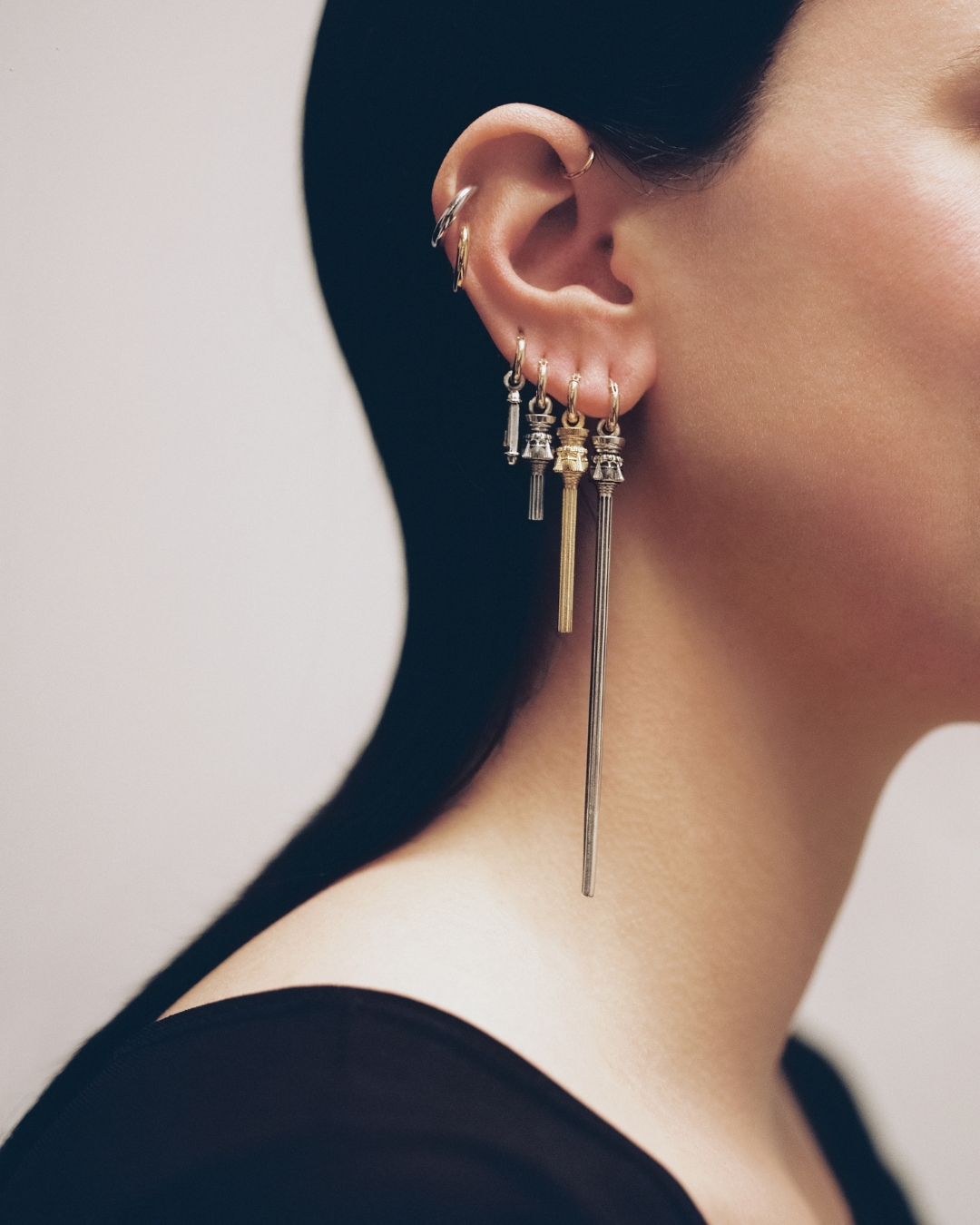


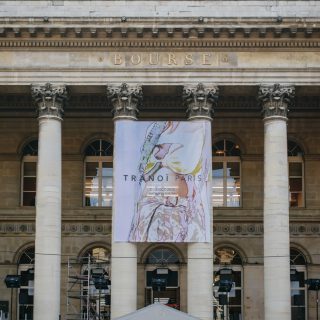

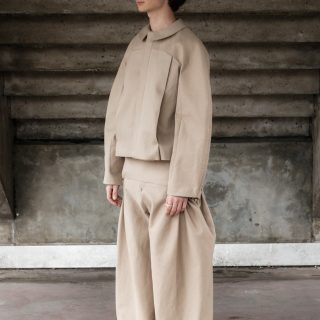






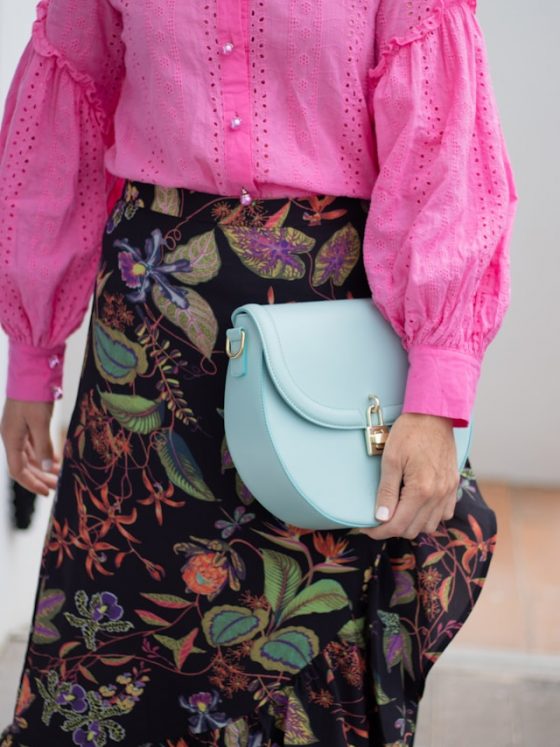


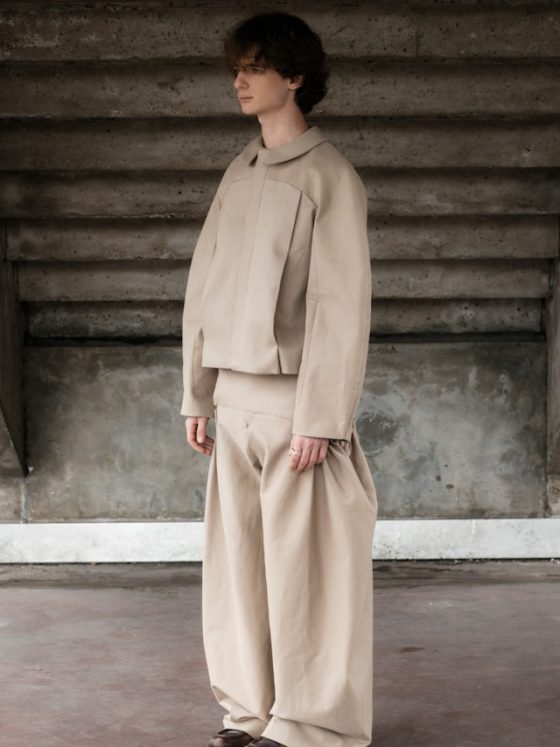



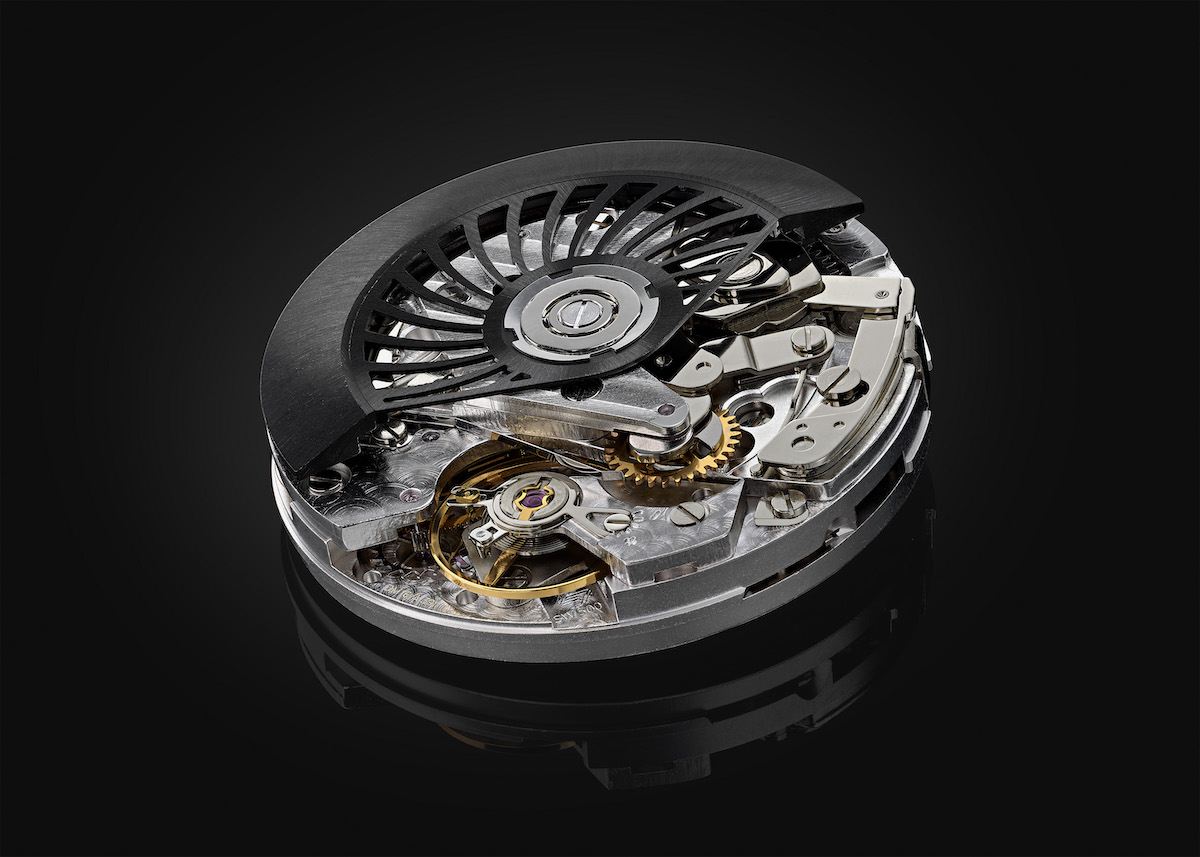







Follow us on Instagram